ABACO: THE PERFECT PLACE FOR BAHAMAS BIRDING
I’ve fairly very often mentioned the remarkable diversity of the bird species on Abaco. This small island has a wide variety of permanent resident species and the advantage of being on a primary migration route so that it has both winter and summer migratory visitors. Here’s an example of some of the species a visitor might reasonably expect to find during a day’s birding. This isn’t an ‘invented inventory’, easy though that would be to compile. It records a birding outing by Abaco visitor Susan Daughtrey, guided by the legendary Woody Bracey, with sightings of 53 species from A (baco Parrot) to Z (enaida Dove). Here are some of Susan’s photos of the birds she encountered. At the end is the full list of the 34 species she photographed.There’s nothing very rare – most of those shown are permanent residents (PR), breed on Abaco (B) and are commonly found (1). Hence the code* PR B 1. SR is for the 2 summer residents, I is for the introduced collared dove. The best ‘get’ is the Bahama Mockingbird (PR B 3), a bird mainly of the pine forests and not so easy to find.
ADDENDUM Susan has now sent me her complete record for a great day out in which 53 species were seen. The list shows the numbers seen for each species. I have had to reformat the list from the original to make it work in this blog. I have added links for the first bird, the Black-bellied Whistling Duck, which was recorded on Abaco for the first time in early June. Of the six seen at any one time to begin with (including at Delphi), the reported numbers dropped to 2, then 1. The latest news is an unconfirmed sighting of a single bird at Treasure Cay Golf Course.
ABACO (CUBAN) PARROT Amazona leucocephala PR B 1
ANTILLEAN NIGHTHAWK Chordeiles gundlachii SR 1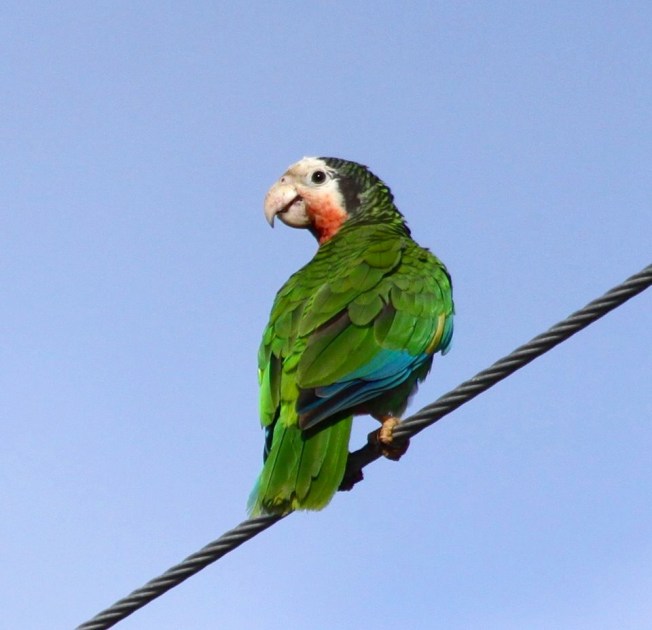

BAHAMA MOCKINGBIRD (ENDEMIC) Mimus gundlachii PR B 3
BAHAMA SWALLOW (ENDEMIC) Tachycineta cyaneoviridis PR B 1
BAHAMA PINTAIL (WHITE-CHEEKED PINTAIL) Anas bahamensis PR B 1

BLUE-GRAY GNATCATCHER Polioptera caerulea PR B 1
CUBAN PEWEE Contopus caribaeus PR B 1
EURASIAN COLLARED DOVE Streptopelia decaocto I PR B 1
HAIRY WOODPECKER Picoides villosus PR B 1
LEAST TERN Sternula antillarum SR B 1
LOGGERHEAD KINGBIRD Tyrannus caudifasciatus PR B 1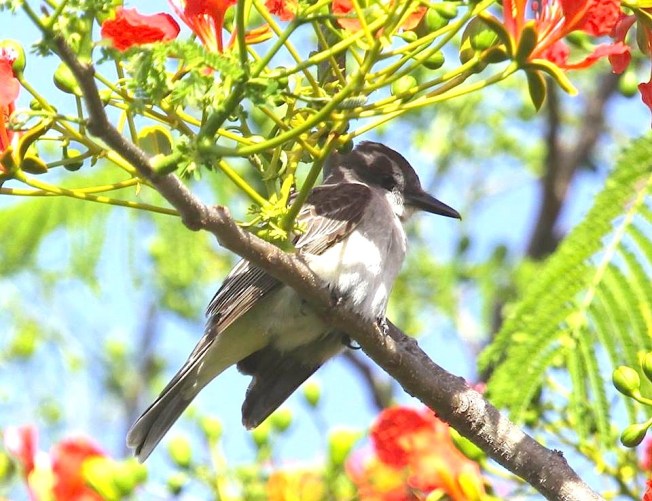
MAGNIFICENT FRIGATEBIRD (female) Fregata magnificens PR B 1
OLIVE-CAPPED WARBLER Setophaga pityophila PR B 1 
RED-LEGGED THRUSH Turdus plumbeus PR B 1
RED-WINGED BLACKBIRD Agelaius phoeniceus PR B 1
SMOOTH-BILLED ANI Crotophaga ani PR B 1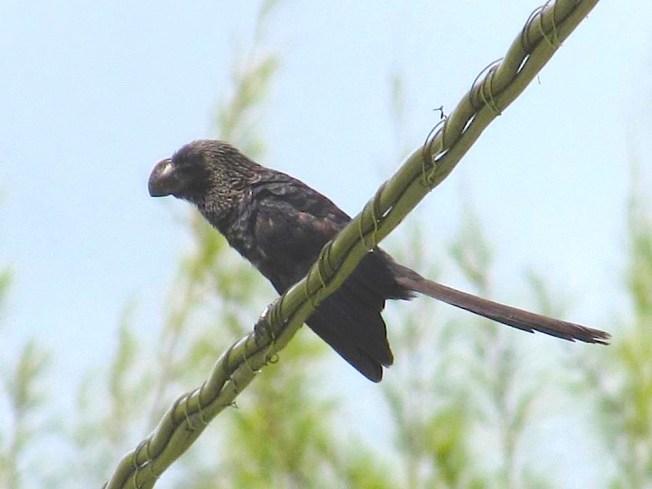
THICK-BILLED VIREO Vireo crassirostris PR B 1

WESTERN SPINDALIS Spindalis zena PR B 1
WHITE-CROWNED PIGEON Patagioenas leucocephala PR B 1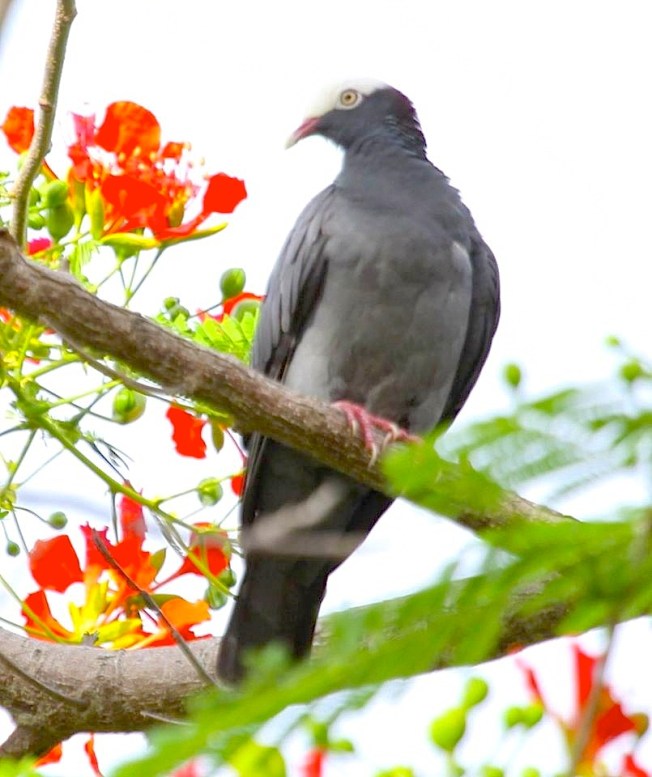
SUSAN’S LIST OF BIRDS PHOTOGRAPHED

SUSAN’S COMPLETE LIST FOR THE DAY – 53 SPECIES
To learn about Abaco’s latest new species the Black-bellied Whistling Duck click HERE & HERE
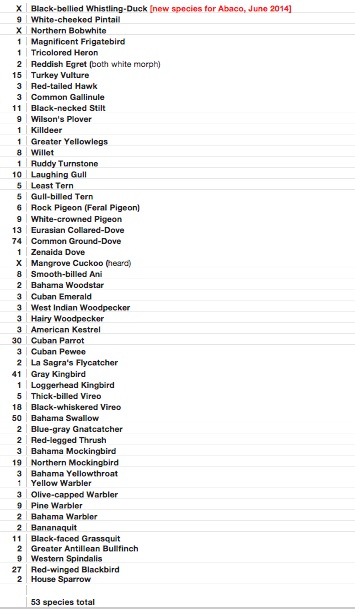
Credits: all photos, Susan Daughtrey; *the excellent birding code was devised by ornithologist Tony White with Woody Bracey


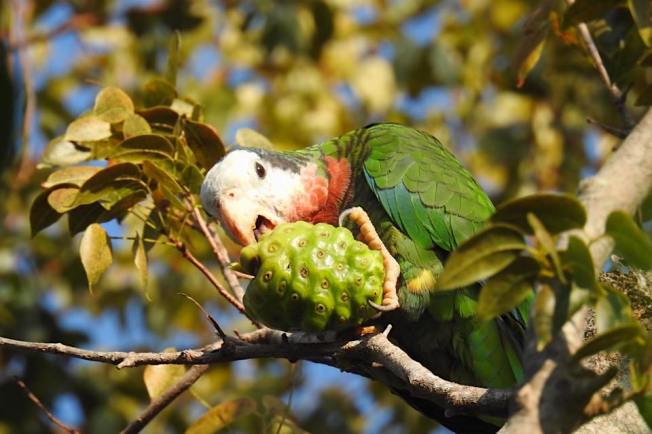

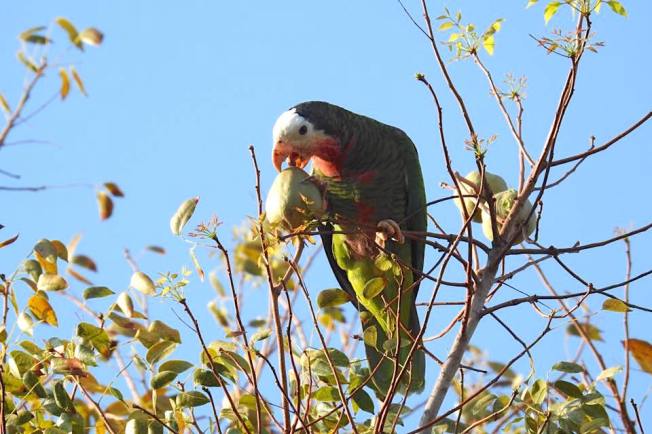



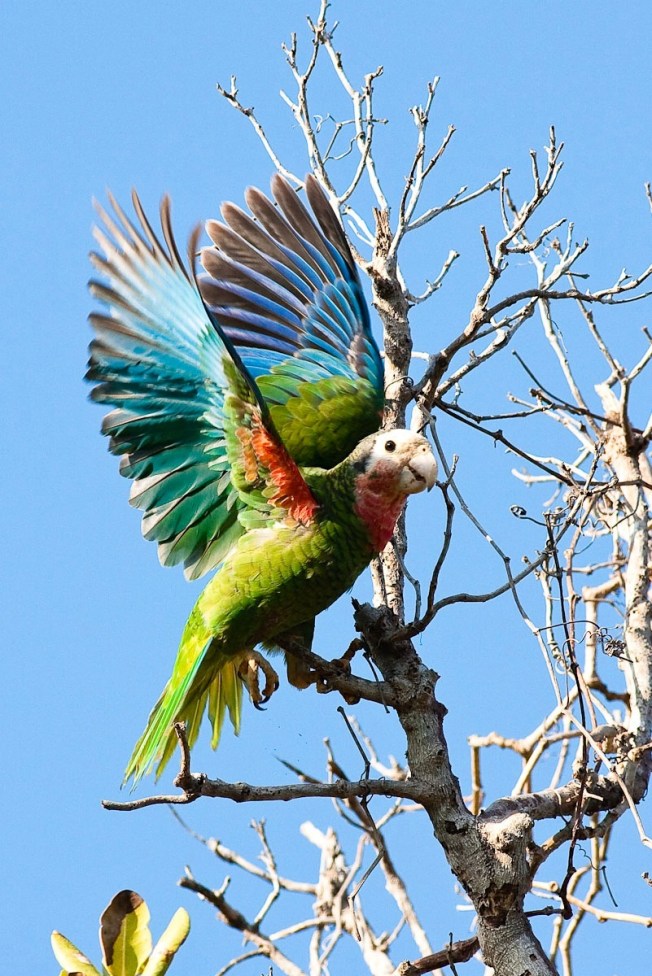







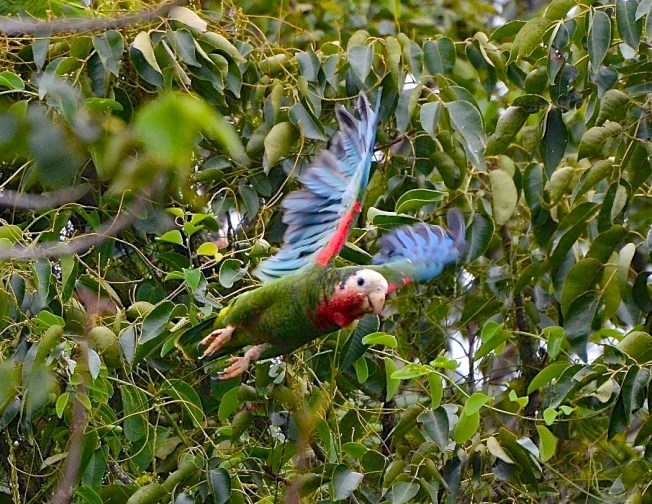












































































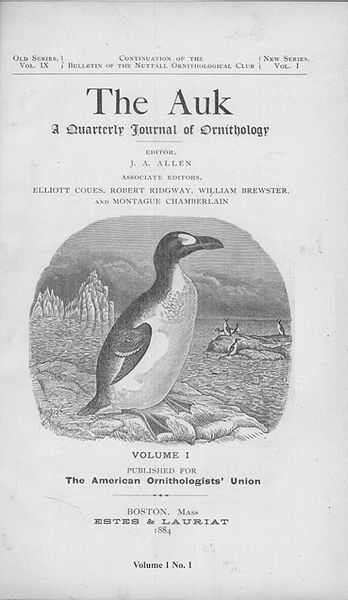














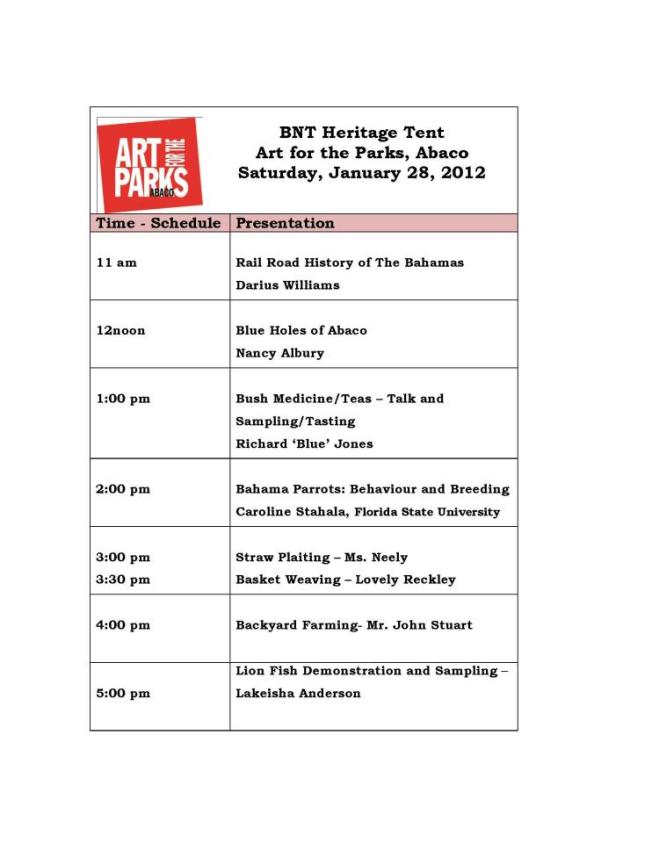




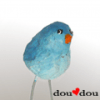
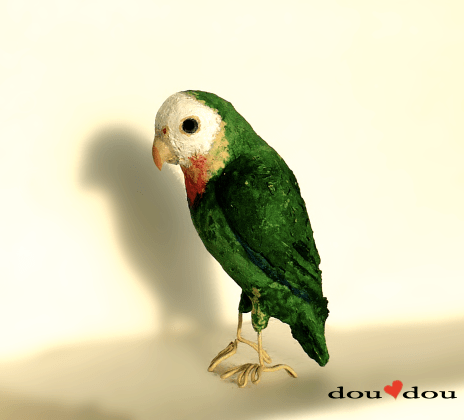



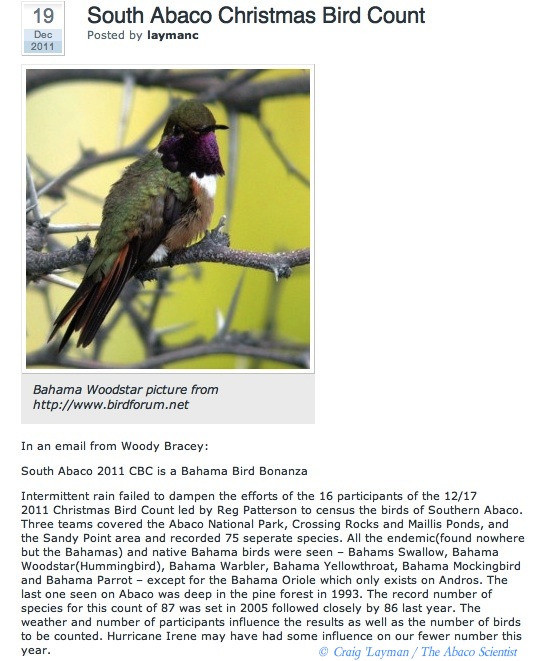






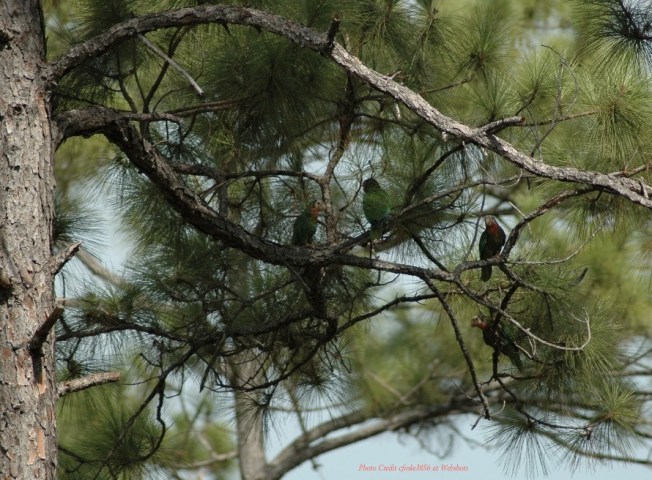
You must be logged in to post a comment.